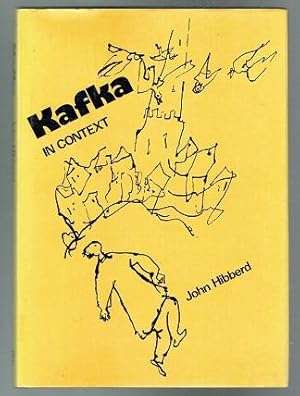
Kafka In Context
Check my rate
| Main centres: | 1-3 business days |
| Regional areas: | 3-4 business days |
| Remote areas: | 3-5 business days |

| Main centres: | 1-3 business days |
| Regional areas: | 3-4 business days |
| Remote areas: | 3-5 business days |
Published by Studio Vista, 1975, hardcover, illustrated, index, 152 pages, condition; basically as new.
A MOST TRAGIC STORY of a talented artist whose life was surrounded by his inner demons which he could not defeat by his artistic might alone. Franz Kafka's life has been studied by many well known historical figures from past to present, and most will agree that the personality of his writing was a paradox in time in which his language still lives and breath eternally.
Franz Kafka was a novelist and writer from Prague who was Jewish, Austrian, and Czech and wrote in German. He is widely regarded as a major figure of 20th-century literature. His work fuses elements of realism and the fantastique and typically features isolated protagonists facing bizarre or surrealistic predicaments and incomprehensible socio-bureaucratic powers. It has been interpreted as exploring themes of alienation, existential anxiety, guilt, and absurdity. His best-known works include the novella The Metamorphosis (1915) and the novels The Trial (1924) and The Castle (1926). The term Kafkaesque has entered the English lexicon to describe bizarre situations like those depicted in his writing.
Kafka drew and sketched extensively. His interest in art grew from 1901 to 1906. He "practiced drawing, took drawing classes, attended art history lectures, and sought to establish a connection to Prague's artistic circles" According to Max Brod, Kafka "was even more indifferent, or perhaps better, more hostile to his drawings than he was to his literary production" As he did with his writings, Kafka asked in his testament for his drawings to be destroyed. Brod preserved all of Kafka's drawings that Kafka gave him or that he could rescue from the wastebasket or otherwise, but "[a]nything that I didn't rescue was destroyed".